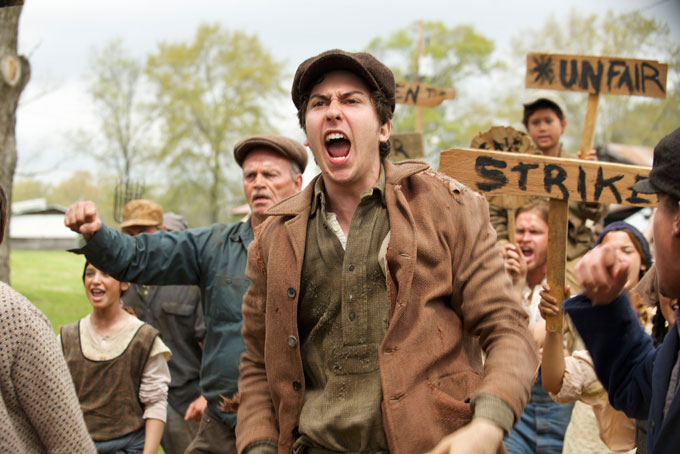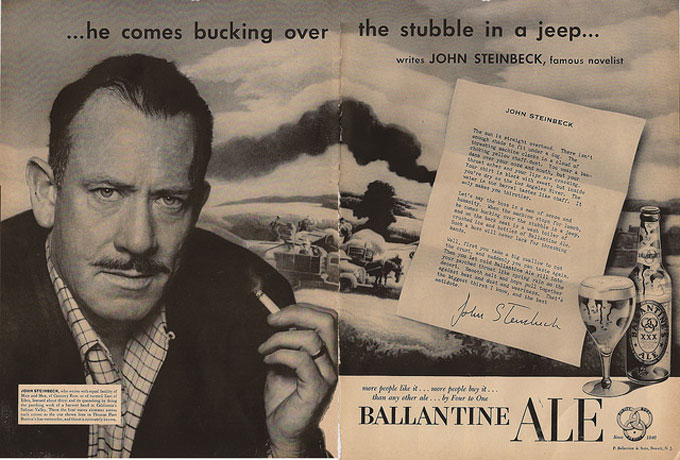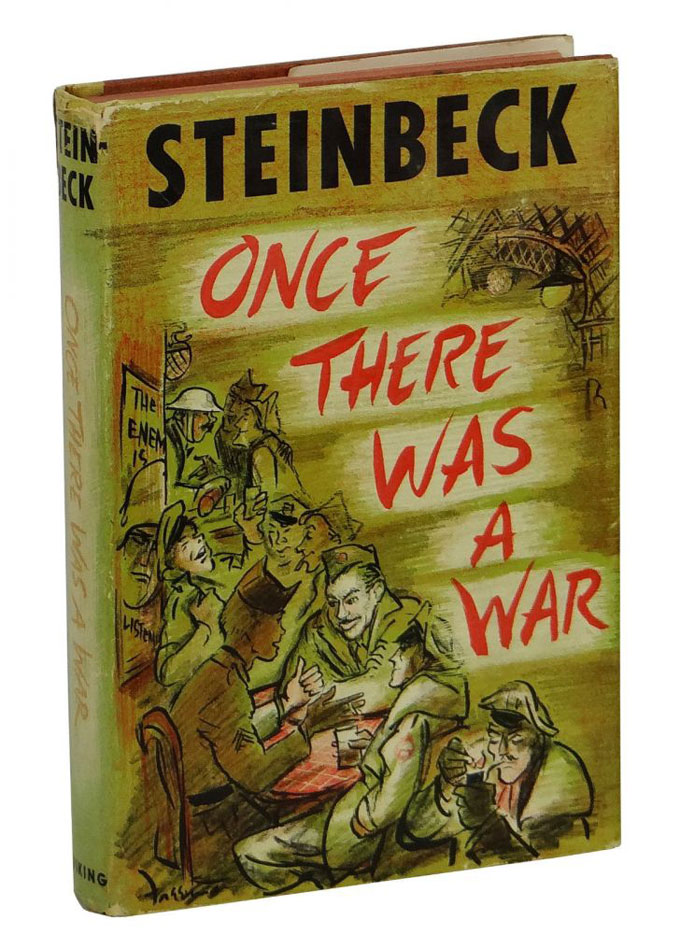For John Steinbeck, moving on in life meant leaving family homes—and friends—behind in California, starting with Salinas, where the Steinbeck family home on Central Avenue has become a living museum made possible in part by gifts of memorabilia from John Steinbeck’s oldest sister, Esther. The 11th Street cottage in Pacific Grove where Steinbeck often stayed when he was poor, single, or hurting remains in the extended family, but the pair of houses in Los Gatos where he lived with his wife Carol and wrote the books that made him famous both belong to strangers now. The bungalow he bought on Eardley Avenue in Pacific Grove when the marriage faltered and he needed writing space belongs to a bed and breakfast today, but it can be rented and is readily seen from the street. So is the historic adobe in Old Monterey that Steinbeck purchased with his second wife before abandoning California for New York, where he chose to live with Elaine, his third wife, until he died.
Visit Rodgers House at Santa Cruz County Fairgrounds
Through it all, the family home John Steinbeck kept coming back to was his sister Esther’s house in Watsonville, California, the Pajaro Valley farming community nestled between the mountains and the sea northwest of Salinas, along the Monterey-Santa Cruz county line. Esther moved there to teach before marrying Carrol Rodgers, a prosperous rancher-farmer, and raising three daughters who called John Steinbeck uncle. The Rodgers family home on East Lake Avenue, built in the 1870s by Esther’s husband’s forebears, was bigger than any of the houses owned by Steinbecks in Salinas, Los Gatos, or Pacific Grove, but it was warm and inviting and popular with extended family members, including John. Though John Steinbeck became controversial and Carrol Rodgers remained distant, Esther loved her brother and welcomed him when he came to Watsonville. Evidence that Steinbeck enjoyed visiting the Rodgers household, wherever he happened to be living at the time, can found in letters and photographs from the 1930s to the 1960s on view at the home. After Esther died, friends and family members stepped in to preserve the house and move it to the Santa Cruz County Fairgrounds, where it’s open to the public by appointment. Call 831-724-5671.
Interior photo of Rodgers House today courtesy Dale Bartoletti.











